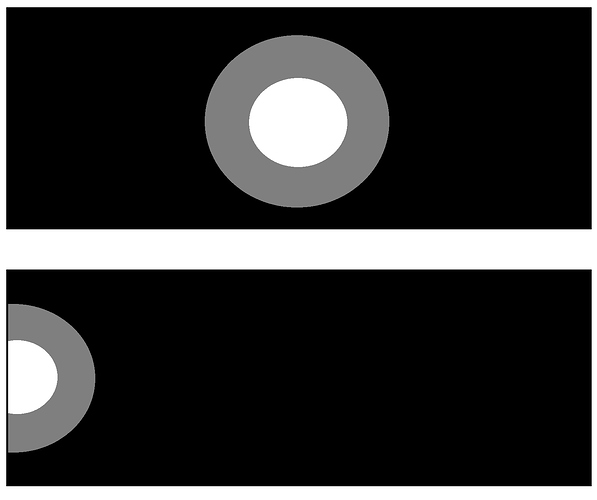Hey @neal_white_iii What percentage increase in performance do you think you were getting from FFR in Elite?
This driver level DFR rendering is the most interesting info to come from Pimax Now . For me at least . I didn’t think the performance gains would be so high + I thought individual games would have to add support for it .
I didn’t do formal tests, but I think FFR Conservative gave me ~30% increase in framerate. It was definitely noticeable, which is why I’m excited by DFR. I’ll do a quick test and post my results in this thread.
[Update]
My quick test (just in the opening hanger in Elite D) yields a 38% framerate improvement for Conservative and a 42% framerate increase for Aggressive FFR. The blocky periphery was generally not too bad on Conservative.
Also, FFR worked properly for me (neither eye had excessive blockiness). I’m using PiTool v260 and nVidia v451.48 drivers.
My system has an i7-8700K, factory-overclocked 2080, and 32 GB ram. I’ve got PiTool Quality at 1.25 & Normal FOV and to stress the game, I increased the HMD quality (in-game) to 150% (since otherwise it was hitting 80 FPS on my 8K and it wasn’t measuring the full potential of FFR). On my normal settings, I was seeing 72 FPS with FFR off vs 80 with it on. When actually playing ED with FFR Conservative, I was mostly hitting 80 FPS inside a station.
One nice thing about FFR is that you don’t have to restart SteamVR or the game, in order to test new FFR settings.
TL;DR: Dynamic Foveated Rendering has serious potential (~40% framerate increase), which is especially useful if you play games which need Parallel Projection enabled (like Elite D).
Wow that’s impressive. I guess DFR will be at least as good but probably better than FFR . I think I will buy it when it becomes available to backers . I opted out of eye tracking when I purchased the backer 8kx upgrade because I thought it needed individual game support to work .
Me too. I don’t care for FFR, since I find the blocky periphery to be distracting. However, DFR should mitigate that issue. Also, nVidia has a new technique which improves the center area (basically super sampling) while leaving the borders at the “normal” resolution. Unfortunately, I think they said it will only work for some games (no deferred rendering???). Perhaps Pimax can implement it in their driver, so that it can work on all games.
Anyway, the eye tracker is a lot cheaper than a new video card and will probably be available well before the RTX 3080, 3080 Ti and/or 3090 cards are released. That means I’m going to get an ET. Even after a GPU upgrade, DFR should let you crank the graphics quality higher than you would be able to otherwise, both in terms of Ultra game settings and/or higher levels of super sampling.
I am almost certain @SweViver said it was implemented in the Nvidia driver so I assumed it would work with most games. I will watch the video again.
It uses variable rate shading from the 2000 series gpus. So, it should work in a lot of games without the devs needing to do anything else.
DFR should yield the same performance as FFR (same technique). It’s just that, since DFR follow the point you focus on, you should be able to use the aggressive mode without suffering too much from the lowered quality of the periphery of your vision (I doubt it will completely disappear) .
As for the driver support, it just mean the games don’t have to implement it themselves, but doesn’t mean necessarily that every game is compatible … just as FFR.
Although there could be a bit of a (literal) edge case. When you are looking near the edges of the screen as shown here:
The light areas show the areas of the screen with full/slightly reduced resolution and the black area is the heavily reduced resolution (very rough example).
Improves performance (relative to FFR):
The high-resolution area gets cut off as you look near the edge of the screen.
Decreases performance (relative to FFR):
The edges of the screen require more pixels to be rendered than the center of the screen (to account for the distortion algorithm).
This topic was automatically closed 60 days after the last reply. New replies are no longer allowed.
